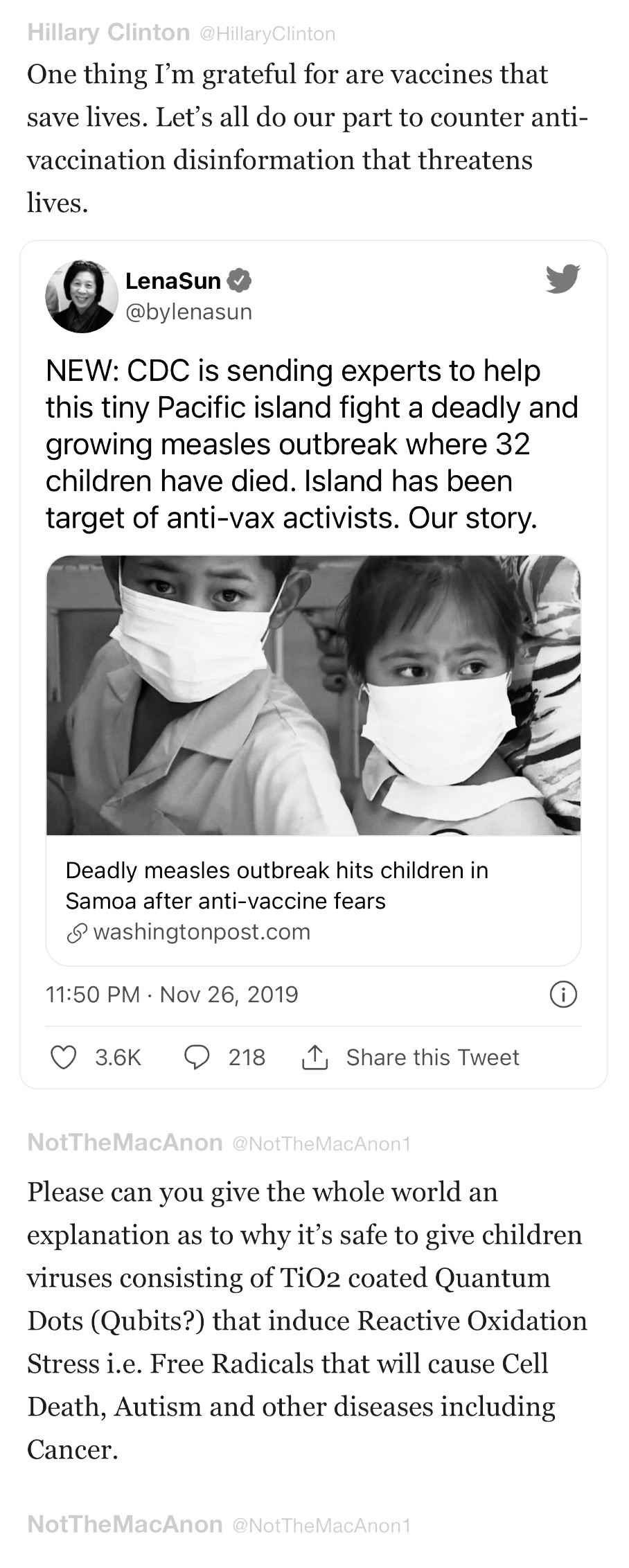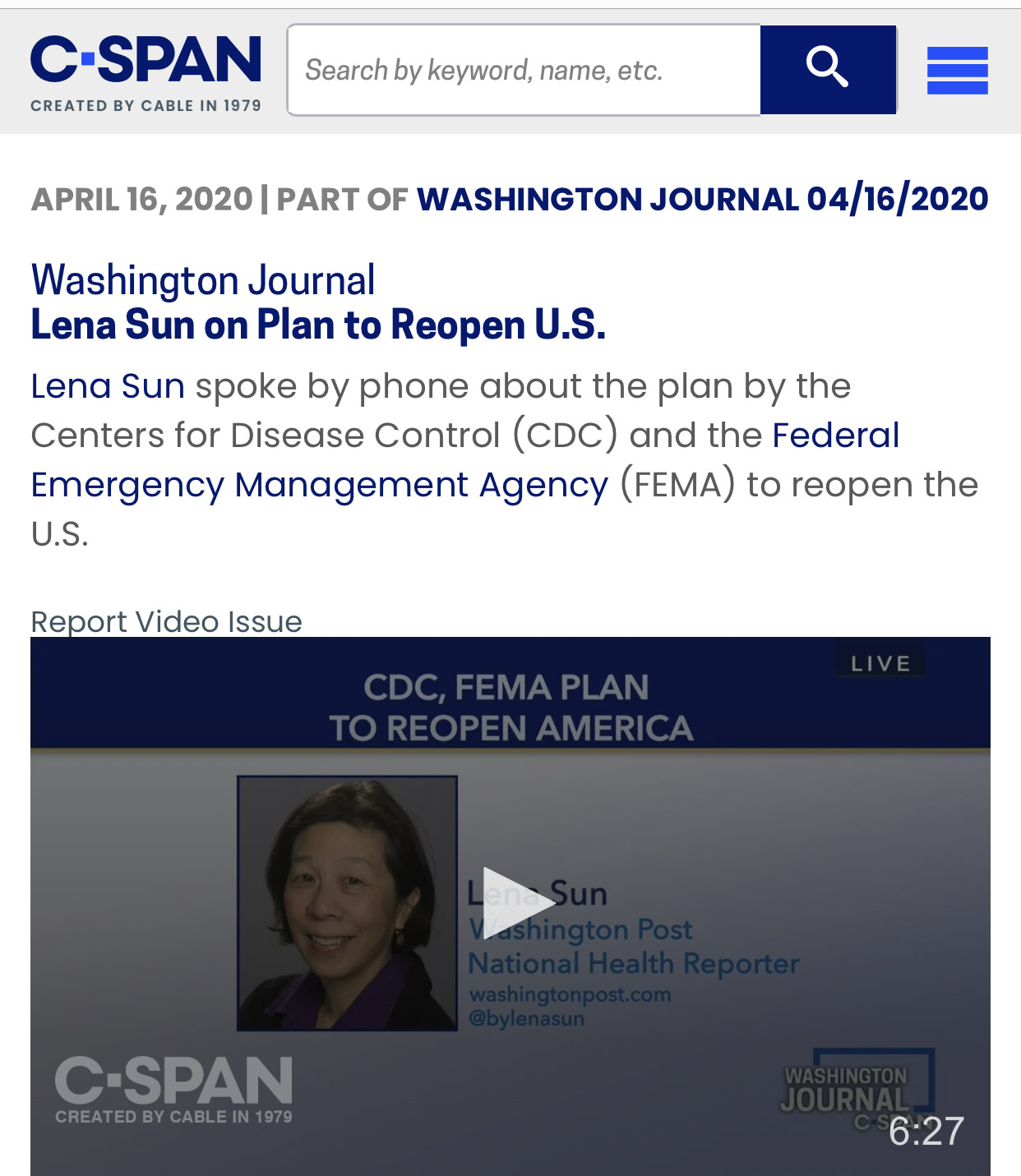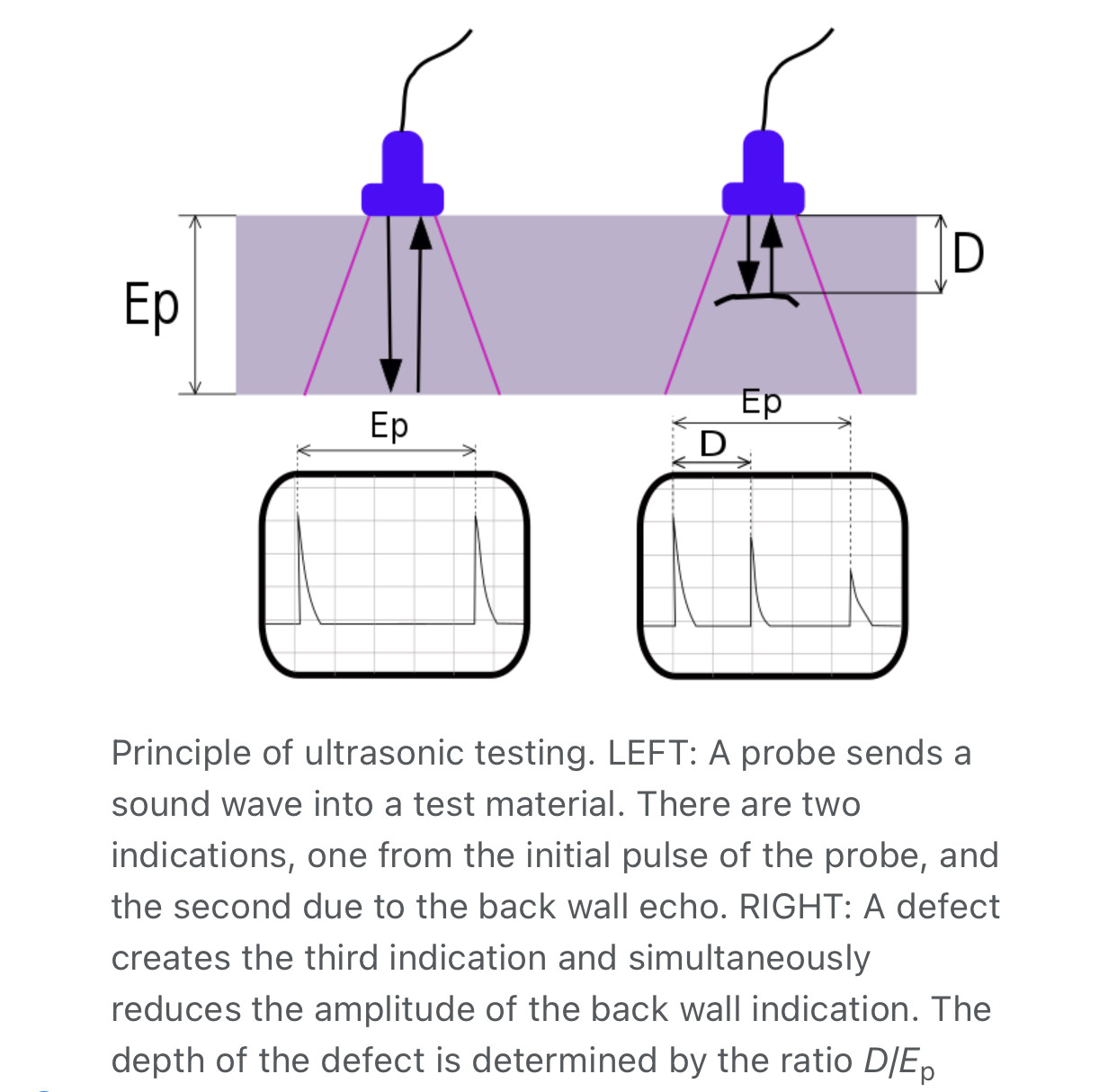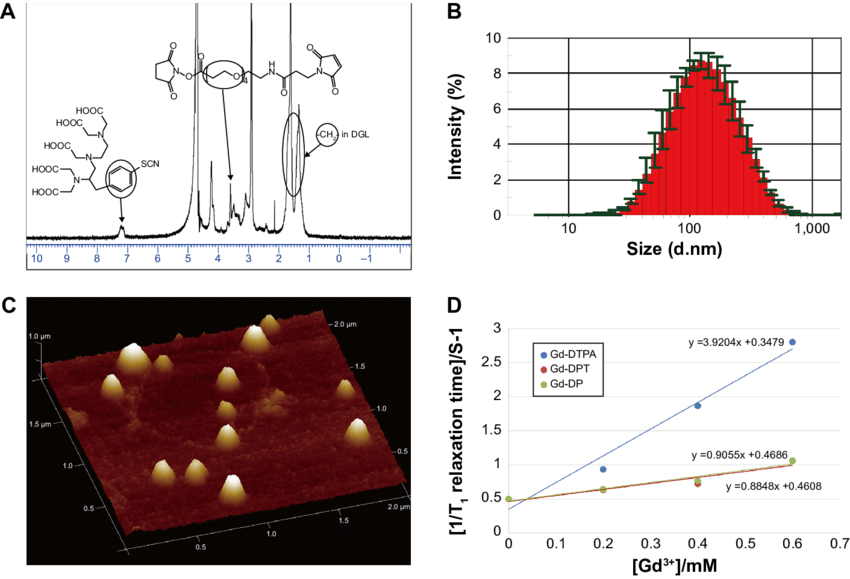The surface area of inhaled nanoparticles favors the formation of free radicals (i.e. superoxide anions or hydroxyl radicals), which drive oxidative stress, an underlying mechanism that promotes inflammatory responses (14, 15). The ratio of surface atoms to total atoms or molecules increases exponentially with decreasing particle size, contributing to the surface reactivity (10). Oberdörster confirmed this by examining a difference in toxicities from nano-sized versus micron-sized titanium dioxide particles of the crystalline type, anatase, when instilled at the same mass dose. The nano-sized particles were more reactive than the micron-sized particles. The data was linearly correlated when the same experiments were performed at the same surface area dose (1)
Has anyone ever noticed how Titanium Dioxide is in a plethora of products?
Only followers of this user (@HopeAlways888) can see their posts
Amazon boss Jeff Bezos buys Washington Post for $250m. The boss of Amazon, Jeff Bezos, has agreed to purchase the Washington Post newspaper for $250m (£163m). Mr Bezos is buying the paper and its other print properties in a personal capacity. The Post has been owned by the Graham family for 80 years.
BEIJING, China -- China's biggest steel firm says it will receive its first shipment of scrap metal from the World Trade Center wreckage soon and turn it into steel plates -- not, as some newspaper reports had suggested, souvenirs.
Chinese state newspapers had earlier reported that Shanghai Baosteel Group Corp. planned to turn 50,000 tons of Ground Zero steel into souvenirs -- including models of the twin towers.
The WTC towers dominated the New York skyline before two hijacked passengers slammed into them on September 11, triggering their collapse.
Ultrasonic testing is often performed on steel and other metals and alloys, though it can also be used on concrete, wood and composites, albeit with less resolution. It is used in many industries including steel and aluminium construction, metallurgy, manufacturing, aerospace, automotive and other transportation sectors.
Targeting systemically-administered drugs and genes to specific regions of the central nervous system (CNS) remains a challenge. With applications extending into numerous disorders and cancers, there is an obvious need for approaches that facilitate the delivery of therapeutics across the impervious blood-brain barrier (BBB). Focused ultrasound (FUS) is an emerging treatment method that leverages acoustic energy to oscillate simultaneously administered contrast agent microbubbles.
This FUS-mediated technique temporarily disrupts the BBB, allowing ordinarily impenetrable agents to diffuse and/or convect into the CNS. Under magnetic resonance image guidance, FUS and microbubbles enable regional targeting—limiting the large, and potentially toxic, dosage that is often characteristic of systemically-administered therapies. Subsequent to delivery across the BBB, therapeutics face yet another challenge: penetrating the electrostatically-charged, mesh-like brain parenchyma.
Non-bioadhesive, encapsulated nanoparticles can help overcome this additional barrier to promote widespread treatment in selected target areas. Furthermore, nanoparticles offer significant advantages over conventional systemically-administered therapeutics. Surface modifications of nanoparticles can be engineered to enhance targeted cellular uptake, and nanoparticle formulations can be tailored to control many pharmacokinetic properties such as rate of drug liberation, distribution, and excretion. For instance, nanoparticles loaded with gene plasmids foster relatively stable transfection, thus obviating the need for multiple, successive treatments. As the formulations and applications of these nanoparticles can vary greatly, this review article provides an overview of FUS coupled with polymeric or lipid-based nanoparticles currently utilized for drug delivery, diagnosis, and assessment of function in the CNS.
The blood–brain barrier (BBB) presents a significant obstacle for the treatment of many central nervous system (CNS) disorders, including invasive brain tumors, Alzheimer's, Parkinson's and stroke. Therapeutics must be capable of bypassing the BBB and also penetrate the brain parenchyma to achieve a desired effect within the brain. In this study, we test the unique combination of a non-invasive approach to BBB permeabilization with a therapeutically relevant polymeric nanoparticle platform capable of rapidly penetrating within the brain microenvironment.
MR-guided focused ultrasound (FUS) with intravascular microbubbles (MBs) is able to locally and reversibly disrupt the BBB with submillimeter spatial accuracy. Densely poly(ethylene-co-glycol) (PEG) coated, brain-penetrating nanoparticles (BPNs) are long-circulating and diffuse 10-fold slower in normal rat brain tissue compared to diffusion in water. Following intravenous administration of model and biodegradable BPNs in normal healthy rats, we demonstrate safe, pressure-dependent delivery of 60 nm BPNs to the brain parenchyma in regions where the BBB is disrupted by FUS and MBs. Delivery of BPNs with MR-guided FUS has the potential to improve efficacy of treatments for many CNS diseases, while reducing systemic side effects by providing sustained, well-dispersed drug delivery into select regions of the brain.
Nanoparticle characterization. Notes: (A) 1 h nuclear magnetic resonance spectra for DTPa-Dgl-Peg-TaT. (B) Diameter distribution of gd-DPT/prFP. (C) atomic force microscopy image of gd-DPT/ prFP. (D) relaxivity (r1) measurement for gd-DTPa (3.92 mM-1 s-1 ), gd-DP/prFP (0.91 mM-1 s-1 ), and gd-DPT/prFP (0.88 mM-1 s-1 ). Abbreviations: Gd, gadolinium; DGL, dendrigraft poly-L-lysine; PEG, polyethylene glycol; pRFP, plasmid red fluorescence protein; DTPA, gadopentetate dimeglumine; DP, DTPa-Dgl-Peg; DPT, DTPa-Dgl-Peg-TaT.







